
BLS vs CPR: Which Certification Should You Get?
Better Certification: BLS vs CPR
Being prepared for emergencies is more important than ever. Whether you’re in the healthcare field, public safety, education, or simply want to be ready to help others in a crisis, understanding the differences between Basic Life Support (BLS) and Cardiopulmonary Resuscitation (CPR) certifications is crucial. Deciding between BLS vs CPR can impact your ability to respond effectively in life-threatening situations.
This article will break down the key differences and help you determine which certification aligns best with your professional and personal needs. At Illinois Safety, we offer both BLS and CPR certification classes to ensure you are equipped with the necessary skills. Check our Classes, read our Reviews, and if you want to learn more read our FAQs. Be certified now! Contact us at (630) 290-4280 to enroll in our courses.
Understanding CPR Certification
Cardiopulmonary Resuscitation (CPR) is a life-saving technique used in emergencies where someone’s breathing or heartbeat has stopped. CPR involves chest compressions and rescue breaths to manually preserve intact brain function until further measures are taken to restore spontaneous blood circulation and breathing.
What Is CPR?
CPR is designed to provide basic emergency care for victims of cardiac arrest or other medical emergencies. The technique is crucial in situations like drowning, suffocation, or heart attacks where immediate intervention can significantly increase survival rates. CPR is often performed until advanced medical care arrives and can be administered by both trained professionals and laypersons.
Overview Of CPR Training And Certification Process
CPR training covers the basics of recognizing emergencies, performing chest compressions, and providing rescue breaths. Certification typically involves a few hours of training, followed by a practical assessment to demonstrate competency. The training includes understanding the importance of the chain of survival, which consists of early recognition and call for help, early CPR, rapid defibrillation, effective advanced life support, and integrated post-cardiac arrest care.
Situations Where CPR Certification Is Required
Professions such as teachers, coaches, lifeguards, and daycare providers often require CPR certification. It is also recommended for anyone who wants to be prepared to handle emergencies in public or at home. Additionally, community organizations and workplaces often encourage employees to get certified to ensure safety within the community and the workplace.
Understanding BLS Certification
Basic Life Support (BLS) is a more advanced level of medical care compared to CPR, primarily aimed at healthcare professionals and emergency responders. BLS training includes all aspects of CPR but also covers additional techniques and protocols for handling various emergencies.
What Is BLS?
BLS is designed to provide a higher level of care with a focus on team-based responses and advanced techniques for cardiac and respiratory emergencies. This certification ensures that individuals can handle high-stress situations effectively and provide coordinated care as part of a team. BLS includes the use of advanced medical equipment, such as bag-valve masks and Automated External Defibrillators (AEDs).
Overview Of BLS Training And Certification Process
BLS training includes comprehensive instruction on recognizing life-threatening emergencies, performing high-quality chest compressions, delivering appropriate ventilations, and using an Automated External Defibrillator (AED). The certification process is more intensive than CPR, often requiring a full day of training and a written and practical exam. The training emphasizes the importance of high-quality CPR and team dynamics, where multiple rescuers work together efficiently.
Situations Where BLS Certification Is Required
BLS certification is mandatory for healthcare professionals such as doctors, nurses, EMTs, and paramedics. It is also beneficial for individuals in other high-risk professions like firefighters and police officers. BLS training prepares professionals to handle cardiac and respiratory emergencies in a clinical setting, ensuring that patients receive the best possible care during critical moments.
Key Differences Between BLS vs CPR
Understanding the key differences between BLS vs CPR can help you decide which certification to pursue.
Comparison Of Course Content
CPR training focuses on the basics of emergency response for non-healthcare professionals. BLS training includes CPR techniques but also covers advanced airway management, team dynamics, and medical equipment usage. BLS courses delve deeper into the physiology of cardiac arrest and respiratory failure, preparing healthcare professionals to handle a wider range of emergencies.
Duration And Depth Of Training
CPR courses are generally shorter, often lasting a few hours. In contrast, BLS courses are more comprehensive, requiring a full day of training to cover all necessary protocols and techniques. BLS training involves hands-on practice with advanced medical devices and scenarios that simulate real-life emergencies, ensuring participants are well-prepared for actual situations.
Certification Requirements And Renewals
CPR certification is typically valid for two years and can be renewed through a refresher course. BLS certification also lasts for two years, but the renewal process involves a more detailed reassessment of skills and knowledge. Renewal courses for both certifications are designed to update participants on the latest guidelines and techniques, ensuring they remain competent in life-saving skills.
Which Certification Is Right For You?
Your career needs and aspirations will determine whether you should get BLS or CPR certification.
Factors To Consider Based On Profession
If you work in healthcare or a high-risk public safety job, BLS certification is likely more appropriate. For teachers, daycare providers, and the general public, CPR certification is usually sufficient. It is important to consider the specific requirements of your profession and the level of care you are expected to provide in emergencies.

Recommendations For Healthcare Professionals
Healthcare professionals such as nurses, doctors, and EMTs should opt for BLS certification to ensure they are fully equipped to handle a wide range of medical emergencies. BLS training provides the necessary skills for managing critical situations in clinical settings, where the ability to work as part of a team and use advanced medical equipment is crucial.
Guidelines For Public Safety And General Public
Individuals in public safety roles like firefighters and police officers should also consider BLS certification. However, CPR certification is ideal for those in educational settings, sports coaching, or for anyone looking to be prepared for emergencies at home or in public places. CPR training provides essential skills that are valuable in everyday situations, ensuring that you can respond effectively in the event of an emergency.
Benefits Of Getting Certified
Both BLS and CPR certifications provide essential skills that can save lives. The benefits extend beyond professional requirements, offering personal and societal advantages.
Importance Of Life-Saving Skills
Knowing how to perform CPR or BLS can make a critical difference in emergencies, potentially saving lives and reducing the severity of medical outcomes. These skills are not only valuable in professional settings but also in everyday life, where emergencies can occur unexpectedly.
Professional And Personal Advantages
Certification can enhance your resume and job prospects, showing employers that you are prepared to handle emergencies. On a personal level, it provides the confidence to act in critical situations. Being certified in BLS or CPR demonstrates a commitment to safety and preparedness, making you a valuable asset in any environment.
How Certification Enhances Job Prospects
Many employers prioritize candidates with CPR or BLS certification, particularly in healthcare, education, and public safety sectors. Being certified can open doors to new job opportunities and career advancements. Additionally, maintaining up-to-date certifications ensures that you remain knowledgeable about the latest life-saving techniques and guidelines, further enhancing your professional credibility.
Understanding the differences between BLS vs CPR is essential for choosing the right certification. Both certifications equip you with crucial life-saving skills, but the appropriate choice depends on your specific needs and professional requirements. If you’re looking to obtain or renew your certification, Illinois Safety offers top-notch training programs tailored to your needs. Visit our BLS Certification Classes page for more information or call us at (630) 290-4280 to enroll today. Your readiness can save lives—take the step to become certified now.
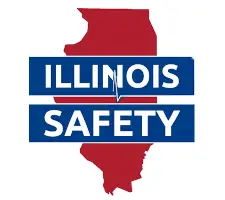
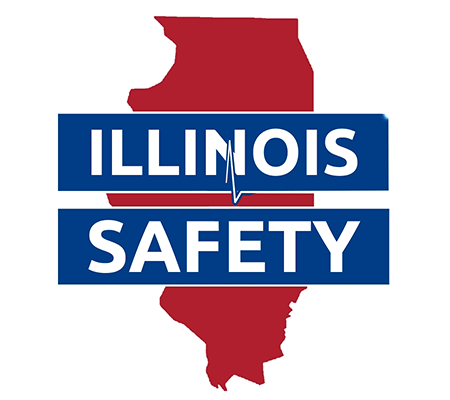
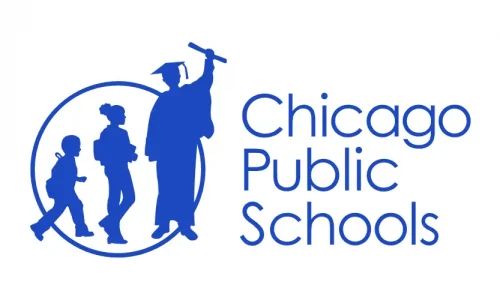






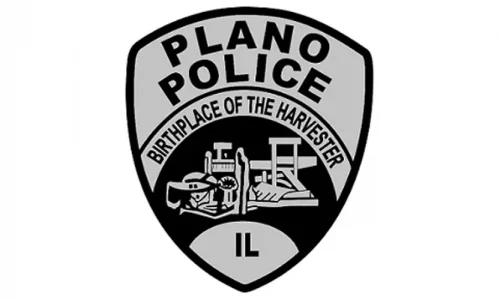

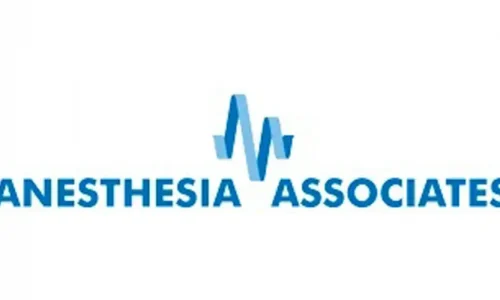





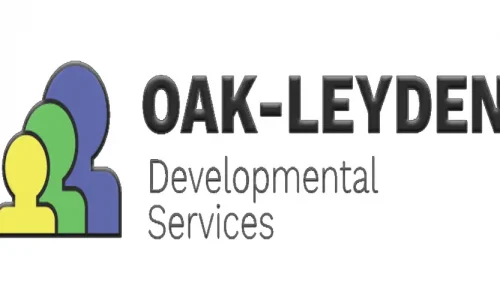


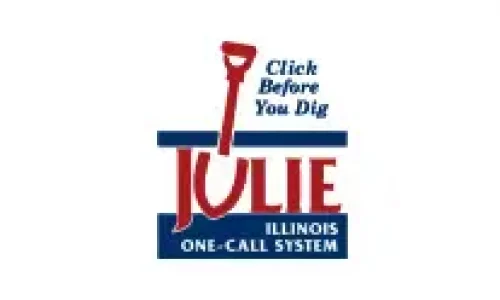


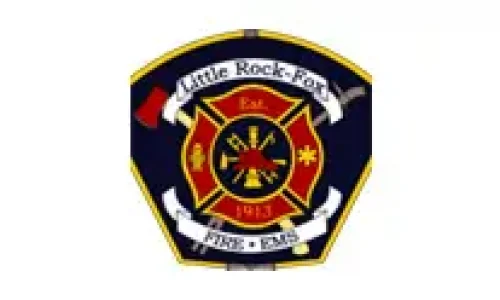





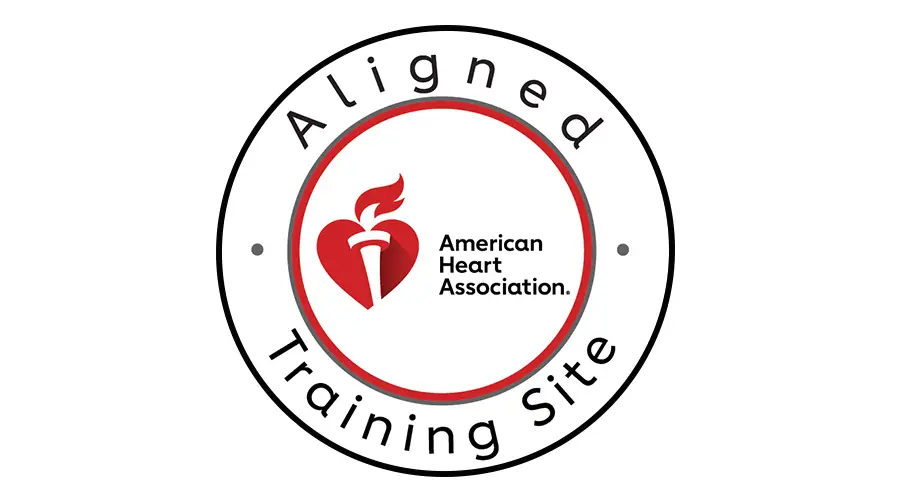
 Powered by
Powered by